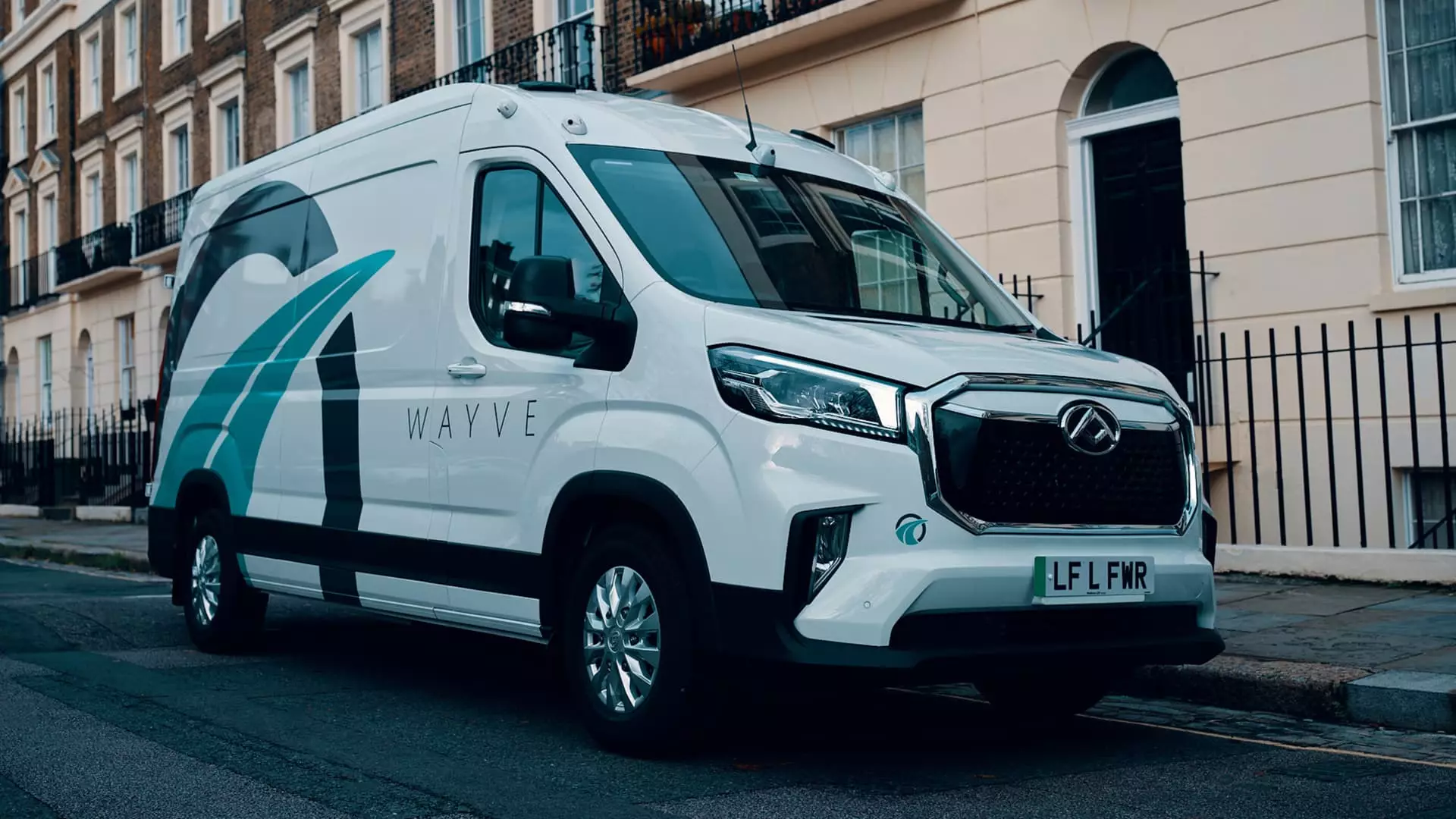The recent announcement by Uber in partnership with Wayve to initiate trials of fully autonomous rides in the UK signals a substantial leap toward a future where self-driving technology is not just a concept but a reality. The significance of this endeavor cannot be overstated; it marks the first time Uber is allowing users to engage in rides without the presence of a safety driver, demonstrating a commitment to autonomy described as “Level 4.” Such advancements are not merely technological milestones; they represent a cultural shift in how we perceive transportation.
Racing Against Global Competitors
As Uber launches its pilot program in the bustling streets of London, it does so amid fierce competition, particularly from companies like Waymo, which has already made significant strides in San Francisco. However, Uber’s approach, emphasizing local partnerships with companies like Wayve and government bodies, positions it uniquely within the UK market. The fact that Uber has access to the new “accelerated framework” for tests, orchestrated by the UK’s Department of Transport, indicates not just regulatory foresight but also a strategic advantage over its rivals. This battle for supremacy in the “robotaxi” race is marked by urgency and innovation.
AI as a Driving Force
Wayve’s AI-driven platform is a linchpin in this partnership, offering capabilities that allow for an intelligent assessment of surroundings, which is vital for the safe operation of autonomous vehicles. Self-driving technology fueled by advanced artificial intelligence represents not only a technological triumph but can also redefine our urban landscapes. The ability for vehicles to make real-time decisions without human intervention challenges our existing regulatory frameworks and social norms. As a society, we must brace ourselves for what this could mean for traffic management, insurance, and even urban planning.
Public Responses and Perceptions
While the potential for self-driving taxis appears to be a positive stride towards efficiency and convenience, public acceptance remains a hurdle. Individuals are inherently skeptical about relinquishing control to machines. The trials commencing in London will therefore not only serve as a technical test but also as a litmus test for societal readiness. Uber and Wayve will need to address public concerns about safety and reliability transparently; otherwise, they may face backlash reminiscent of previous technological advances that have stoked fear or apprehension among users.
Regulatory Balancing Act
Engagement with authorities like Transport for London underscores the importance of regulatory frameworks in facilitating technological advancements. The recently enacted Autonomous Vehicles Act is seen as a positive step forward, paving the way for self-driving vehicles on British roads by 2026. However, this also poses challenges; the need for strict oversight is essential not just for operational safety but to maintain public trust. Striking a balance between innovation and regulation will be crucial in determining the success of Uber and Wayve’s endeavors.
Uber’s foray into Level 4 autonomous driving could redefine urban transport in profound ways, but it also highlights the complexities of advancing technologies against the backdrop of societal attitudes and regulatory landscapes. These trials may very well set the tone for how self-driving technology integrates into our daily lives.

